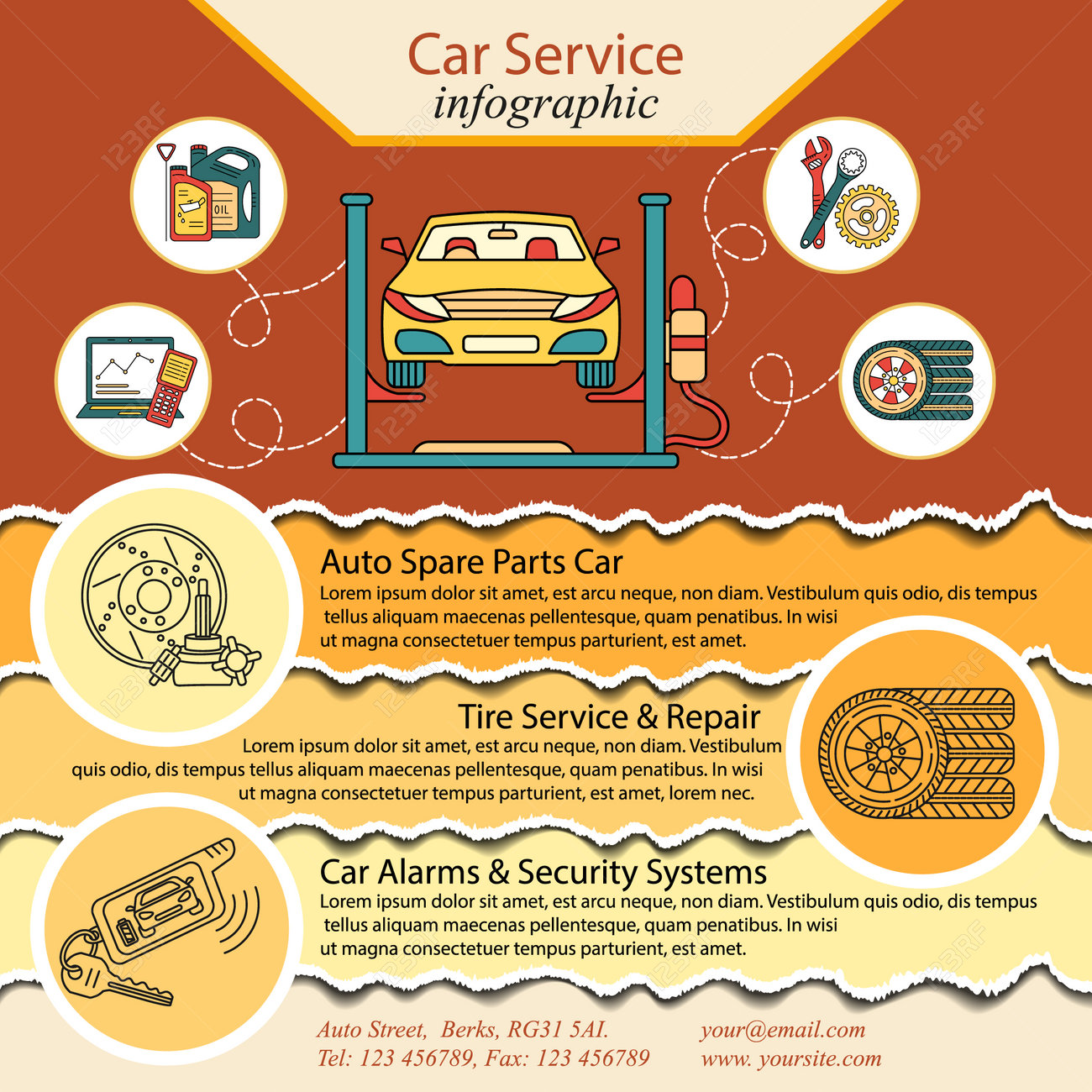Eager To Understand What The Dashboard Caution Lights In Your Car Symbolize? Discover Their Definitions For The Health And Safety And Security Of Your Car
Eager To Understand What The Dashboard Caution Lights In Your Car Symbolize? Discover Their Definitions For The Health And Safety And Security Of Your Car
Blog Article
Web Content Created By-Higgins Corbett
When you're behind the wheel, those glowing warning lights on your control panel can be a little bit puzzling. Do you understand what they're attempting to inform you about your automobile's health and wellness? Understanding the relevance of these lights is important for your safety and the durability of your automobile. So, the next time among those lights appears, wouldn't you wish to decode its message properly and take the needed actions to resolve it?
Common Warning Lights and Interpretations
Recognize usual warning lights in your cars and truck and recognize their meanings to make sure risk-free driving.
cleaning cars of the most common warning lights consist of the check engine light, which signifies issues with the engine or emissions system. If this light begins, it's important to have your car checked without delay.
The oil pressure alerting light indicates low oil pressure, calling for instant focus to stop engine damage.
A blinking battery light might recommend a malfunctioning charging system, potentially leaving you stranded otherwise addressed.
The tire stress tracking system (TPMS) light informs you to low tire pressure, affecting car security and fuel efficiency. Disregarding this can lead to unsafe driving problems.
The ABS light indicates a trouble with the anti-lock stopping system, compromising your capacity to quit quickly in emergency situations.
Lastly, the coolant temperature level alerting light warns of engine getting too hot, which can lead to extreme damages if not solved quickly.
Recognizing these typical warning lights will help you deal with concerns immediately and keep safe driving conditions.
Relevance of Prompt Interest
Understanding the usual caution lights in your auto is just the primary step; the relevance of immediately attending to these warnings can't be emphasized sufficient to guarantee your security on the road.
When https://www.wbtv.com/2020/12/07/toyota-n-charlotte-explains-which-questions-ask-before-auto-repairs/ illuminates on your dashboard, it's your car's means of interacting a prospective concern that requires interest. Overlooking these warnings can result in much more severe troubles down the road, jeopardizing your security and possibly costing you a lot more in repairs.
Motivate attention to advising lights can avoid malfunctions and accidents. As an example, a blinking check engine light might suggest a misfire that, if left ignored, could cause damages to the catalytic converter. Addressing this quickly can conserve you from an expensive repair.
In a similar way, a brake system advising light might signify reduced brake fluid or used brake pads, crucial elements for your safety when driving.
Do It Yourself Troubleshooting Tips
If you notice a warning light on your control panel, there are a couple of do it yourself troubleshooting suggestions you can try prior to looking for specialist assistance.
The primary step is to consult your automobile's handbook to comprehend what the particular warning light suggests. Occasionally the issue can be as simple as a loosened gas cap causing the check engine light. Tightening up the gas cap might solve the problem.
An additional common concern is a low battery, which can trigger different advising lights. Inspecting the battery links for corrosion and ensuring they're safe and secure could deal with the problem.
If a caution light lingers, you can try resetting it by separating the auto's battery for a few minutes and afterwards reconnecting it. Furthermore, checking your automobile's fluid levels, such as oil, coolant, and brake liquid, can help repair alerting lights connected to these systems.
Final thought
In conclusion, understanding your car's warning lights is necessary for maintaining your automobile running smoothly and safely. By without delay resolving these notifies and understanding what they indicate, you can prevent pricey repair work and potential malfunctions.
Remember to consult your vehicle's guidebook for specific information on each warning light and take action as necessary to make sure a trouble-free driving experience.
Stay notified, remain secure when traveling!
